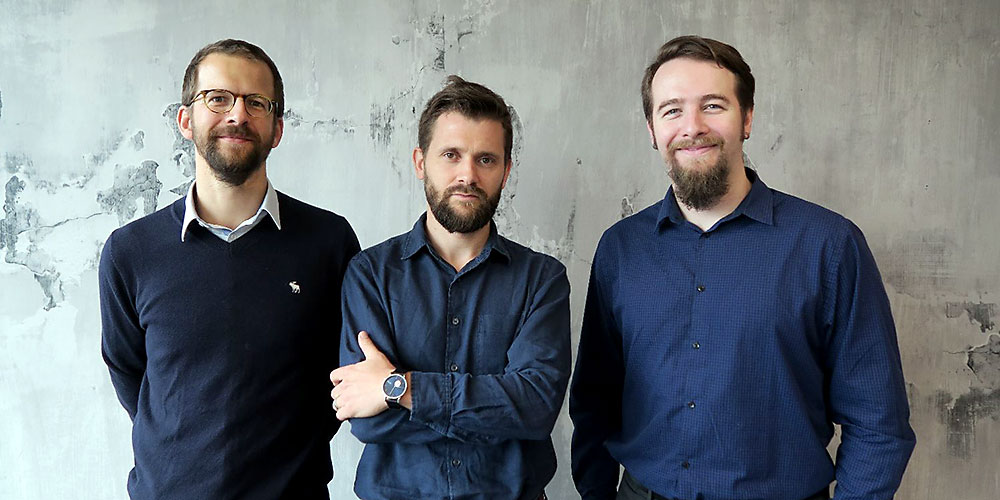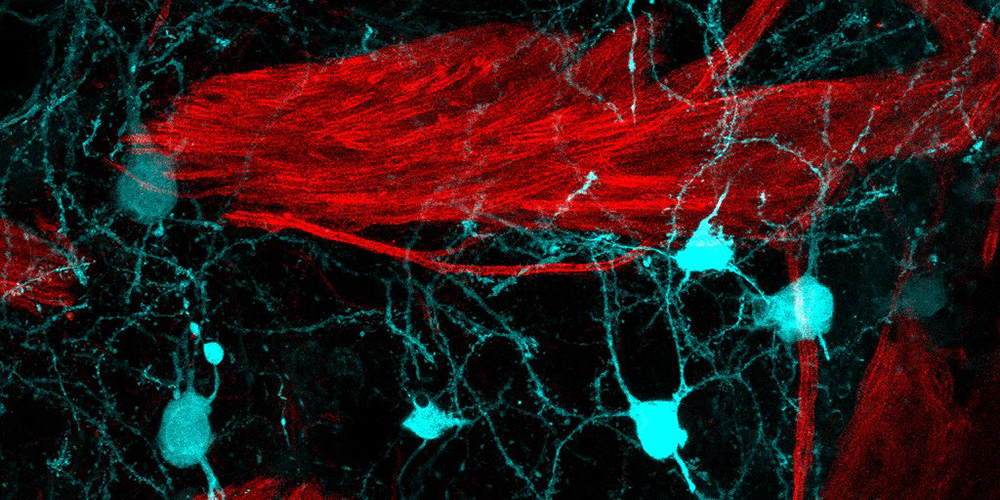Startup from Basel Qnami wins Venture Kick finals
The young startup of the University of Basel, Qnami, is the winner of the Venture Kick prize worth 130’000 Swiss Francs. Qnami develops precise and highly sensitive quantum sensors that provide images in nanometer resolution.
14 June 2018
Modern quantum technology provides the basis for Qnami’s goal to improve imaging techniques and diagnostic methods. The quantum sensors developed by Qnami enable a wide range of applications- from failure analysis in the electronics industry to a reduction of scan times in magnetic resonance imaging in medical diagnostics.
Diamonds as key to success
The startup Qnami was founded in 2016 by Georg-H.-Endress Professor Dr. Patrick Maletinsky and Dr. Mathieu Munsch from the Department of Physics and Swiss Nanoscience Institute at the University of Basel. Together with two additional employees, the two physicists use synthetic diamonds as sensors.
The tiny diamonds have defects in their crystal lattice, where a carbon atom has been swapped for a nitrogen atom and there is a vacant site immediately alongside. These defects are known as nitrogen-vacancy centers (NV centers) and can also occur in natural diamonds, where they impart a reddish color to the precious stones.
The Qnami team produces these defects in their diamonds deliberately, taking advantage of the fact that the NV centers host individual electrons that can be controlled. The intrinsic angular momentum (spin) of these electrons and their electric dipole are extremely sensitive to tiny magnetic and electric fields. If the diamond sensor is exposed to a magnetic or electric field, this results in a measurable change in the NV center luminescence, which can be detected using a standard optical device.
A broad range of applications
Whereas classical sensor technologies fail to image on the nanoscale due to limited sensitivity and spatial resolution, the NV centers provide images in nanometer resolution. This promises enormous potential in the electronics industry: new magnetic storage media require sensors that provide qualitative measurements of electrical, magnetic, and thermal properties at the nanoscale for efficient failure analysis. The diamonds also promise new applications in medical diagnostics. In magnetic resonance imaging, for example, they could reduce the scanning times by orders of magnitude, thereby contributing to a reduction in costs and to a better patient care.
Ambitious goals need support
The young company, which is based at the Department of Physics at the University of Basel, is currently dedicating most of its efforts to the production of a first tool for material analysis. Both, academic research groups and industrial companies have shown their interest. In the medium term, Qnami wishes to develop the infrastructure to serve fabless companies with diamond chips for their applications.
“For Qnami, the Venture Kick Award is a great success and a strong motivation that confirms that we are on the right track,” commented Mathieu Munsch on the encouraging news. To date, Qnami is supported by the National Center of Competence in Research Quantum Science and Technology (QSIT) and the Swiss Nanoscience Institute. To realize the ambitious plans of the team, however, other financial backers are essential. “Being supported by Venture Kick – the excellence program for startups – is just great for us,” Patrick Maletinsky adds.
The kick for the start
The Venture Kick initiative was launched in 2007 with the aim of doubling the number of spin-offs from Swiss universities, accelerating time to market and increasing the attractiveness of young companies for professional investors and industrial partners. In 2018, Venture Kick will support a total of 18 projects with start-up capital of 130,000 Swiss francs. In addition, the support initiative helps them to build a structured and successful company and facilitates access to a network of experienced entrepreneurs and investors.
Further information
Dr. Mathieu Munsch, University of Basel, Department of Physics, e-mail: mathieu.munsch@qnami.c



